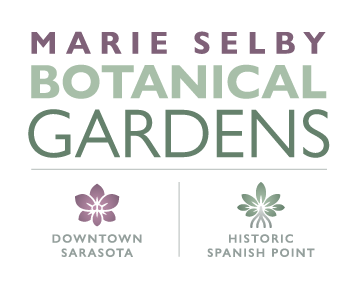Written by Elizabeth Gandy, Curatorial Assistant
When we hear the word “parasite,” often the first things that come to mind are very undesirable critters like bed bugs, roundworms, or my personal favorite, bot flies. Actually, plants can also be parasites, with about 4,500 species of parasitic plants found around the world, making up about 1% of all known flowering plants. A parasitic plant is one that acquires all or a portion of its growth needs from another plant host. These are not to be confused with epiphytes, which are plants that live upon other plants but do not remove nutrients from their hosts. Parasitic plants typically have specialized suction-cup like structures called haustoria (Photo 1) that penetrate the vascular system of their host and allow for siphoning off water and nutrients.
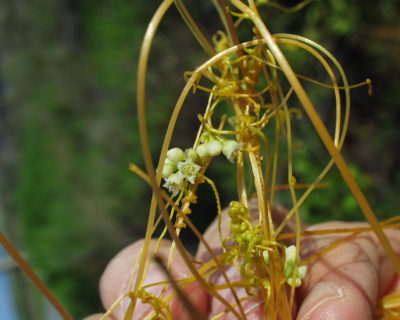
Photo 1: Haustoria by Bruce Holst
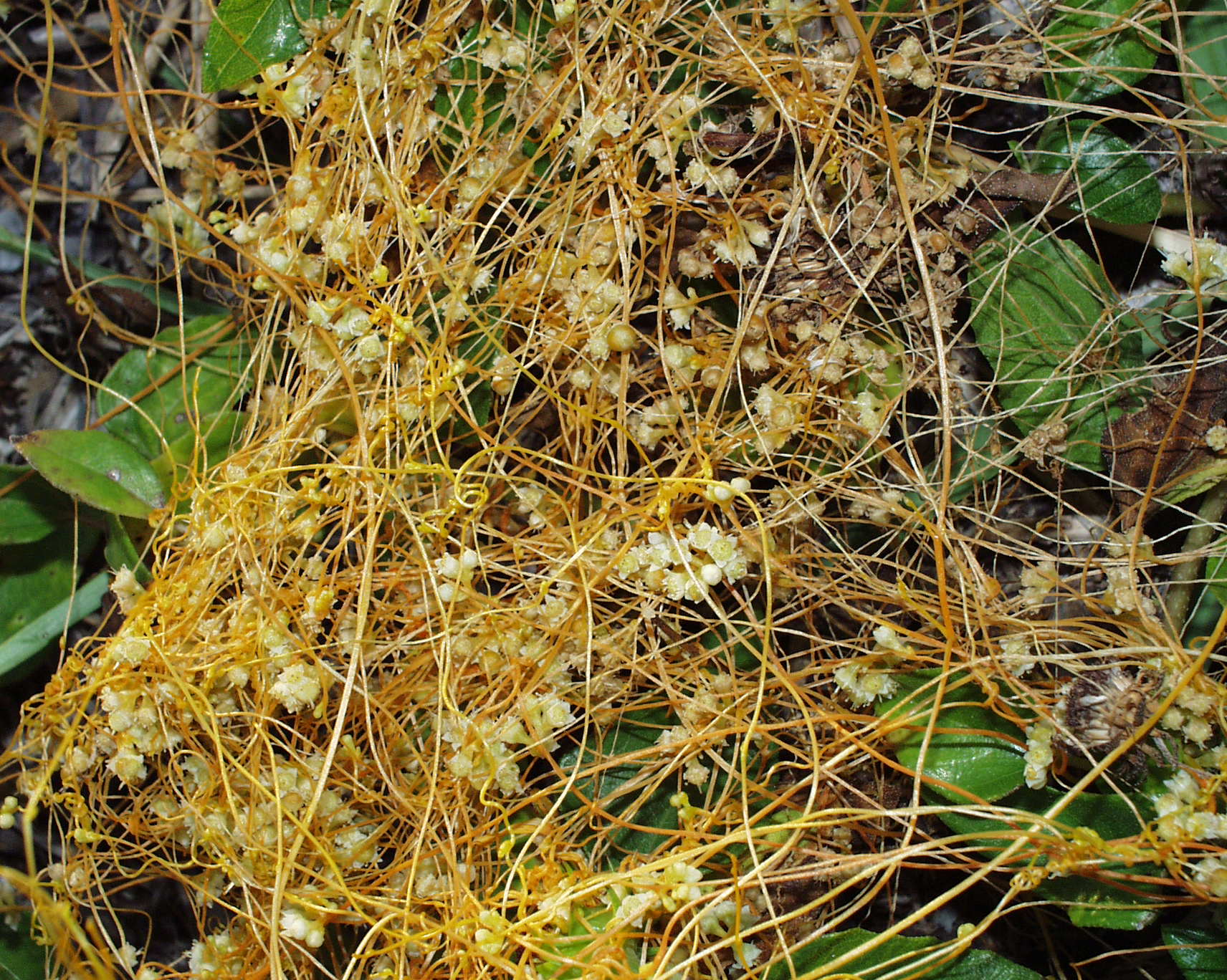
Photo 2: Cuscuta species by Bruce Holst
In some cases, parasitic plants can be easy to recognize because they are the wrong color! We all know that plants are supposed to be green, right? That green color comes from the presence of chlorophyll, the pigment that facilitates the absorption of sunlight on its way into the photosynthetic pathway. A plant that does not have chlorophyll lacks the ability to produce its own food via photosynthesis. These are called holoparasites, plants that lack any ability to photosynthesize and are totally reliant on a host. One example in Florida are the dodders (Cuscuta spp.), twining vines in the Convolvulaceae or morning glory family with yellow or orange stems (Photo 2). As the vines contact the stems of their hosts, haustoria form and attach to the host. Indian pipes (Monotropa uniflora) are a non-green terrestrial herb in the Ericaceae or blueberry family found in temperate forests (Photo 3). These herbs emerge from the soil in a small group of thin, nodding, off-white stems that terminate in a single flower. These plants are actually myco-parasites, or parasites of fungi which themselves have a mycorrhizal association with the roots of trees. Through this complex association, Indian pipes are parasitic on the roots of woody trees via a “middle man.”
Some parasitic plants are green some or all of the time and can be harder to identify as being parasitic. Some examples in Florida include mistletoe (Phoradendron spp.), hog plum (Ximenia americana) and the subject of this month’s EcoQuest, love vine (Cassytha filiformis). All of these plants are classified as hemi-parasites because they have the ability to photosynthesize and can produce some of their own food. Mistletoe, an herbaceous stem parasite that can be found primarily but not exclusively in the canopy of oak trees, and hog plum, a common, shrubby root parasite on a number of woody host species, are always green and only supplement their nutrient needs from their hosts. Love vine on the other hand is almost always yellow, being fully parasitic on its hosts (Photo 4). However, when the vine is young, having not yet developed its host-penetrating haustoria, or if the host plants die, go dormant, or are otherwise unhealthy, love vine will begin to photosynthesize and take on a greener color.
One famous parasitic plant is best known as the plant with the largest single flower in the world, the corpse flower (Rafflesia arnoldii) of Sumatra and Borneo. This parasitic plant not only lacks chlorophyll, it lacks any discernible stems, leaves, or roots, existing completely embedded within its host, the liana Tetrastigma. The only visible evidence of the presence of this plant is when the flower buds emerge and open to reveal flowers that can be a meter wide and smell of rotting flesh. The total abandonment of a free-standing physical form seems the ultimate evolution of the parasitic habit!
As you embark on this month’s EcoQuest, Looking for Love Vine, please take some time to appreciate the parasitism of plants as just one of the many complex adaptations and associations that exist between living organisms. When you find a love vine, follow the stem until you find the haustoria and you will be rewarded by witnessing an interaction that is often overlooked but more common than we realize! Love vine favors dry, sunny habitats so can be found in scrub and scrubby flatwoods, the open edges of dry hammocks, and in dry coastal areas on shrubs, trees, and even herbs and grasses. Be sure to look for the presence of oak galls on the undersides of leaves of live and sand live oaks and see if you can document the incredible interaction of the love vine seeking out and parasitizing these galls!
Learn more about these interactions between love vine and gall wasps here.
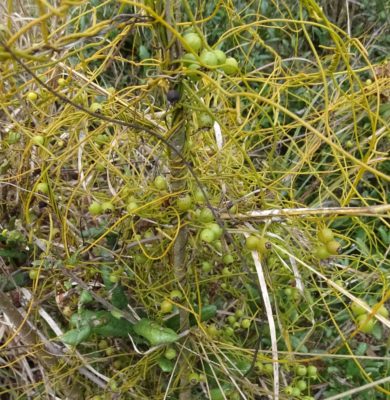
Photo 3: Monotropa uniflora by Shawn McCourt
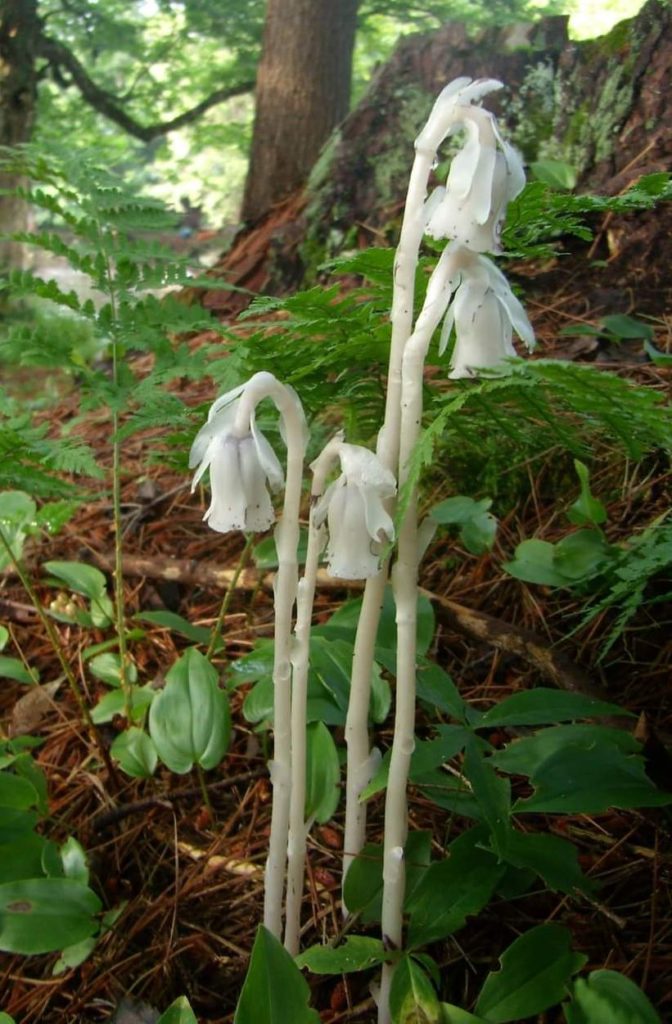
Photo 4: Cassytha filiformis by Elizabeth Gandy
